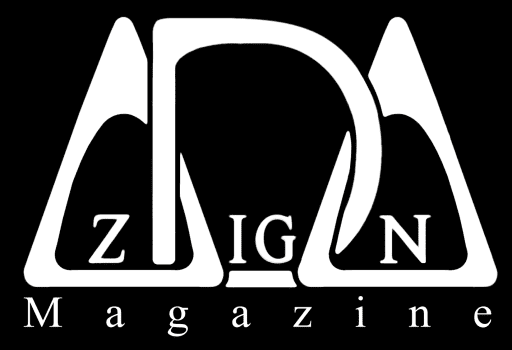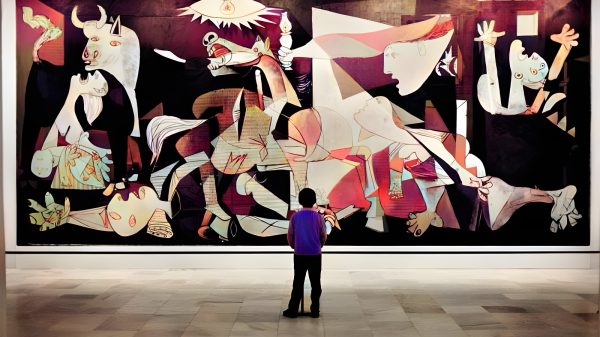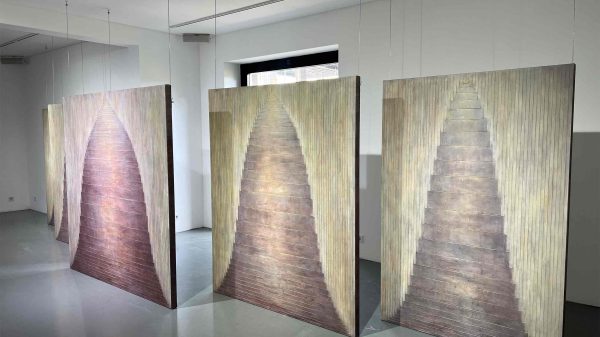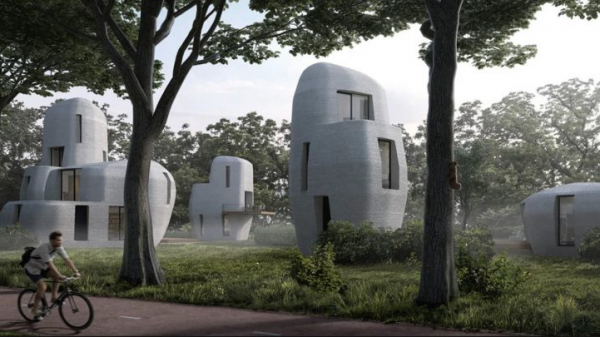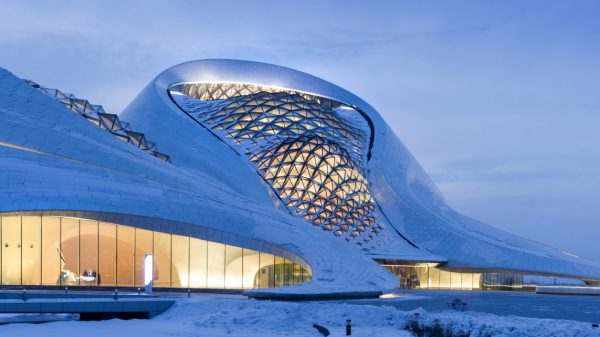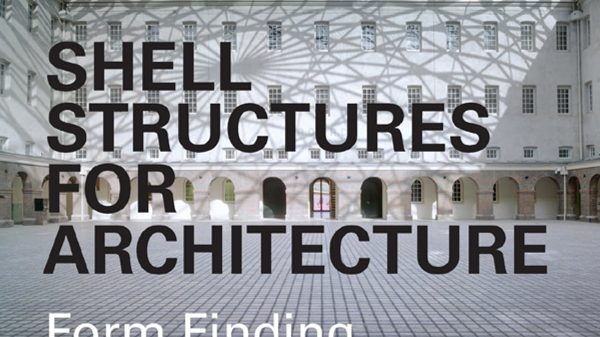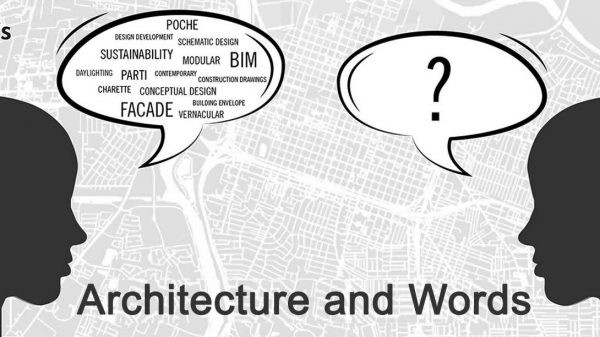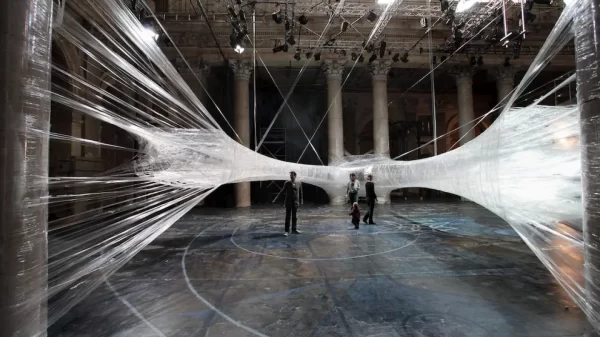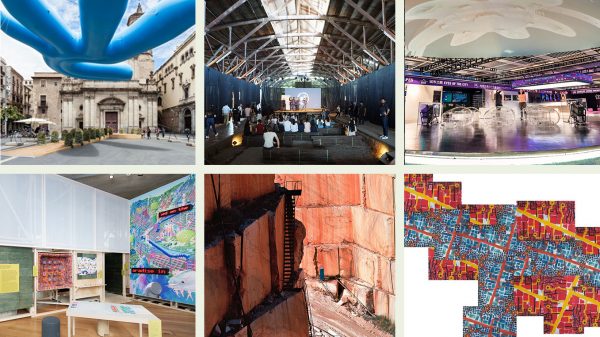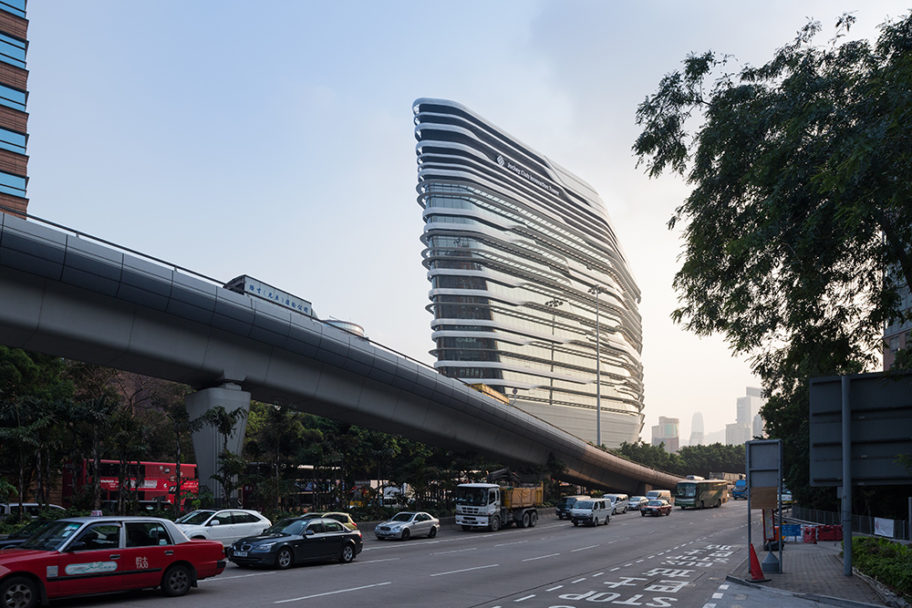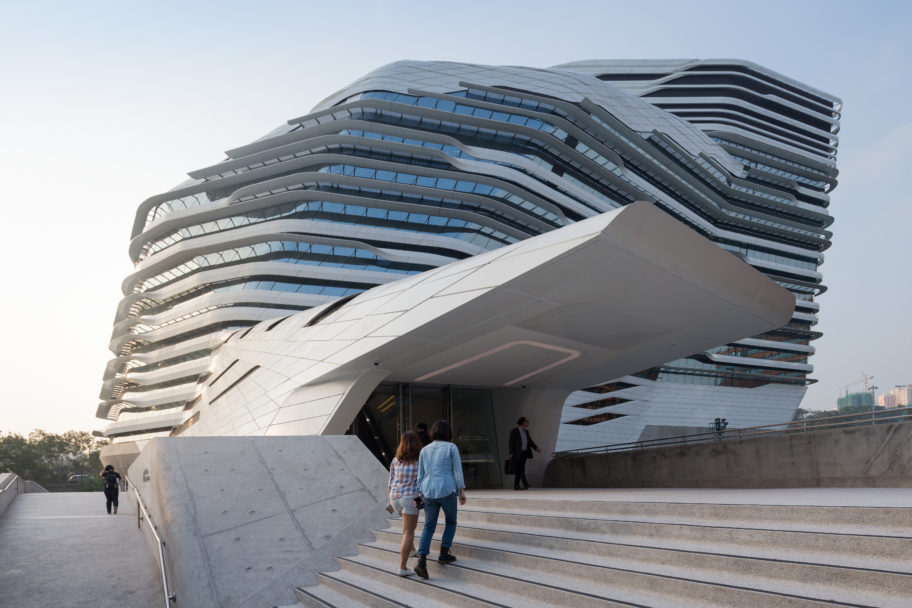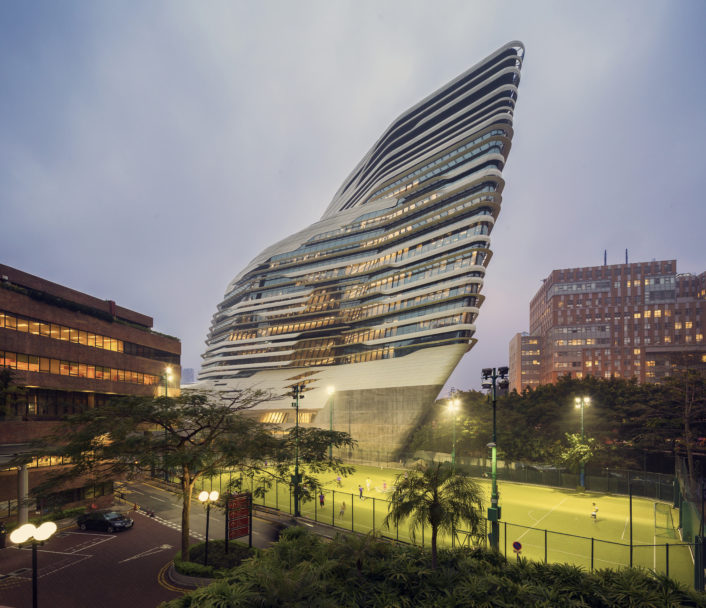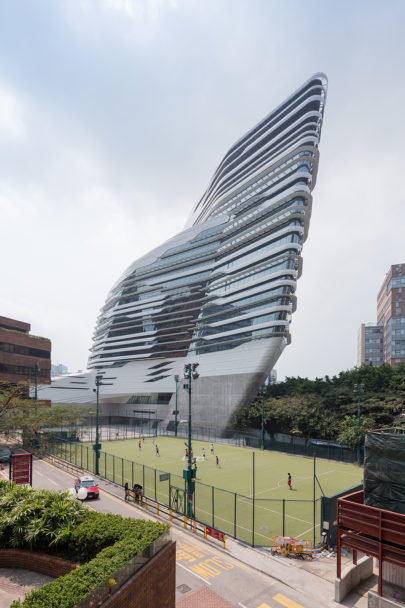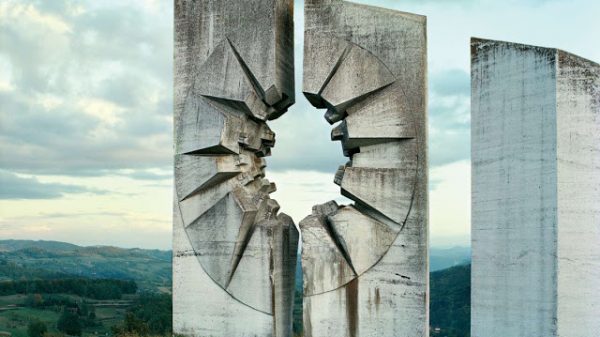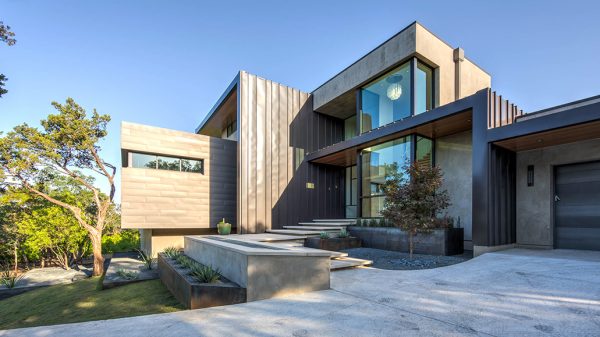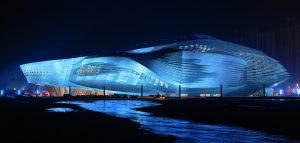The Hong Kong Polytechnic University (PolyU) chose world-renowned architect, Zaha Hadid, has a new and stunning home for its Jockey Club Design Institute for Social Innovation. Aptly named the Jockey Club Innovation Tower, the recently-opened building accommodates more than 1,800 students and staff with areas that include studios, labs and workshops, exhibition areas, classrooms, and more. The 15-storey, 15,000 square meter tower was designed by Zaha Hadid Architects, who created a series of fluid spaces that are meant to promote dialogue between the different areas of study within the school.
There will be an advanced Car Design Studio; Fashion Accessories Materials Labs; a Sound Studio for Multi-media and Entertainment Design; a Museum to showcase local and international design classics; and a public gallery to exhibit works of staff and students of SD as well as local talents.
The tiered structure is located on a narrow, irregular site on campus, which influenced the design of the tower. Its unusual-yet-modern shape uses bold exterior and interior lines that create a flow both aesthetically and as you walk through the space. Additionally, the glazed windows flood the rooms with natural light and give a calm, airy feel to the building. This makes for a beautiful design that is sure to inspire its inhabitants for many years to come.
The Hong Kong Polytechnic University (HK PolyU) is an urban endeavour by virtue of addition and growth over the last 40 years. The rich patchwork of variousfaculties, communities and facilities are strung together by a community of visually coherent yet different buildings. The Innovation Tower aims to use these voids to create an accessible urban space which will transform how the Hong Kong Poly University is perceived and the way it will be used. The building unashamedly aims to stimulate and project a vision of possibilities for its future, as well as reflect the history of the HK PolyU by encapsulating in its architecture the process of change.
The proposed vision of the new Innovation Tower presents a unique opportunity to re-examine and address a creative, multidisciplinary environment. Our concept in its first instance, collects the variety of programs of the school. Having undergone a strict process of examination of the multiple relationships amongst their unique identities they have been arranged in accordance to their ‘collateral flexibilities’.
The first architectural gesture is to raise the landscape of the existing football field and tennis grounds, so as to place the main pedestrian entrance of the new school building on a level open to it’s immediate context at podium level. The free ground below becomes accessible from the established main campus route (Yuk Choi Road) to proposed workshops, parking and access to future development on ‘Phase 8’. The new Innovation Tower on podium level is established as an open public foyer that channels deep into the building through a column-free, open showcase forum.
The podium level is a route that ramps and stretches through towards the open ground with relocated recreational outdoor facilities. From the entry foyer, a long escalator penetrates deep upwards through four levels of openly glazed workspaces. The myriad of workspaces accommodated within the new school offer themselves as a variety of visual showcases. The route through the building becomes a clear upward cascade of showcases and events allowing the student or visitor to visually covet and engage work and exhibits throughout its circulation passage.
These routes aims to promote new opportunities of interaction between the diverse types of users through its spaces through every level. Voids bring in natural daylight, fresh air and the sense of continuity of space. In this way, the programs of the tower, which comprise of learning clusters and central facilities, are allowed to create coordinated repertoires and dialogue between respective volumes.
• Architects: Zaha Hadid Architects
• Location: Hong Kong, China
• Design: Zaha Hadid, Patrik Schumacher
• Project Director: Woody K.T.Yao
• Project Leader: Simon Yu
• Project Team: Hinki Kong, Yang Jingwen, Jinqi Huang, Juan Liu, Bessie Tam
• Competition Team: Hinki Kwong, Melodie Leung, Long Jiang, Zhenjiang Guo, Yang Jingwen, Miron Mutyaba, Pavlos Xanthopoulus, Margarita Yordanova, Valova
• Local Architect (Consultants): Agc Design Ltd, Ad+Rg
• Structural & Geotechnical: Ove Arup & Partners, Hong Kong Ltd
• Building Services: Ove Arup & Partners, Hong Kong Ltd
• Landscape: Team 73 Hong Kong Ltd
• Acoustic: Westwood Hong & Associates Ltd
• Program: Innovation Tower, School Of Design Development
• Status: Under construction Net Occupied
• Floor Area: 15,000Sqm
• Height: 76M
• Capacity: 1450
Budget: 520,000,000 Hkd
